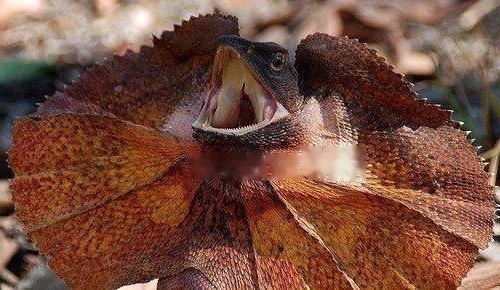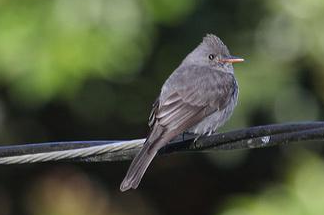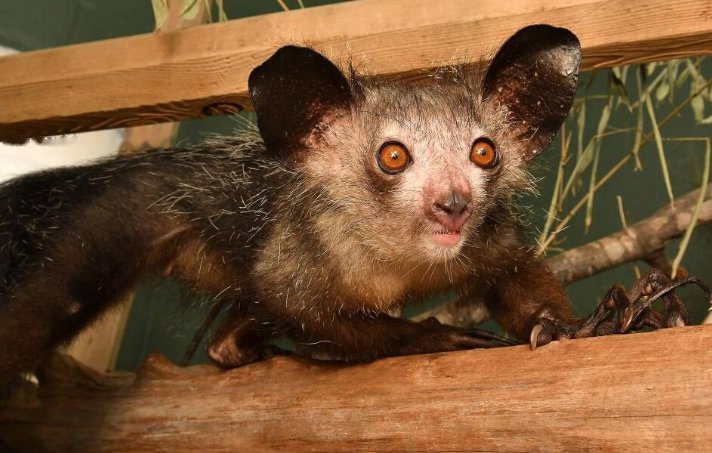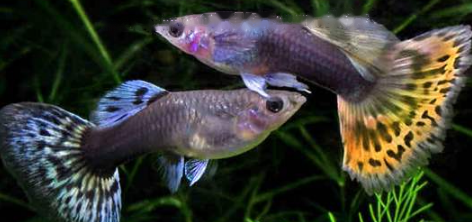
I. Basic information
Chinese name: Umbrella lizard
Scientific name: Chlamydosaurus kingii
Kingdom: Animalia
Phylum: Notochord Animal phylum
Subphylum: Vertebrate subphylum
Class: Reptiles
Order: Squamata
Suborder: Lizards Suborder
Family: Flying lizard
Genus: Cape Lizard
Species: Cape Lizard
II. Morphology Characteristics
The body length of the umbrella lizard is 60-100 cm and 0.5-1 kg. It has a long and slender tail, and the bare tail accounts for 2/3 of its body length. There is an umbrella-shaped collar membrane supported by the hyoid bone around the neck. Its color is dazzling and bright. When encountering foreign enemies It will instantly open its unique neck umbrella and open its mouth wide, which is full of deterrence. The collar of juveniles is smaller, and grows larger as they grow.
A medium to large lizard, with body color ranging from brown to brown to gray or even black, mostly regional variations. It is not easy to distinguish between males and females, especially in the larval stage. Generally speaking, adult males are much larger than females, have a larger head and neck umbrella, a slender tail, and a bulge under the cloaca. The body color is brighter and the sex is more gentle.
The body is slightly flat and covered with tiny scales. Not only can it stand on its hind legs, but its forelimbs and tail are suspended in the air, and its body can run upright. And can defend with the scaly membrane around the neck. The scaly membranous folds around the neck are wide, the width of the body, and press over the shoulders like a shawl. When provoked, the folds stand up, and the mouth is wide open, as if the head has suddenly expanded several times to scare off the opponent. Usually the folds are black, with open mouth and folds when threatened or during courtship; while the folds appear yellow, white, bright red, etc.
III. Distribution
The umbrella lizard is mainly distributed in the dry grasslands, bushes and woods of northern Australia and southern New Guinea.
4. Living habits
The umbrella lizard is timid and neurotic, and spends most of the time idling, hunting insects and other small prey. It looks nothing more than a large lizard with a shawl on its neck, but be careful when approaching a predator, it will suddenly stand on its hind feet, hiss with its mouth wide open, and unfold the huge umbrellas on either side of its head Its skin folds, it puts on a life-threatening state. If the intimidation fails or the opponent is petrified, it will run away. It rushes to the safety of the tree, and then stares at the opponent with contempt and vigilance.
V. Breeding method
The umbrella lizard breeding box should be tall instead of wide, because they often climb high places, and it should be large enough because they are relatively Active substrates are more flexible, and you can use reptile sand, bark chips, poplar litter, sterile subbeds, culture soil, reptile carpets and even newspapers.
Umbrella lizards actually eat a lot, and they mainly eat meat. The food bugs can be crickets, mealworms, cockroaches, and silkworm larvae, but the size of the crickets should not exceed the distance between their eyes. From time to time they will also eat plants such as various fruits, green vegetables, turnip greens and squash. Seedlings to 1 year old should be fed protein food twice a day, calcium powder 6 days a week, vitamin powder 1 day, and adults should be fed once a day. Calcium powder can be taken 2 to 3 times a week, a day of vitamins, and calcium powder should be taken 5 to 6 days a week during pregnancy.
![[Original] Sharing of popular science knowledge of ringed map turtles](/static/img/11249/11249_1.jpg)




